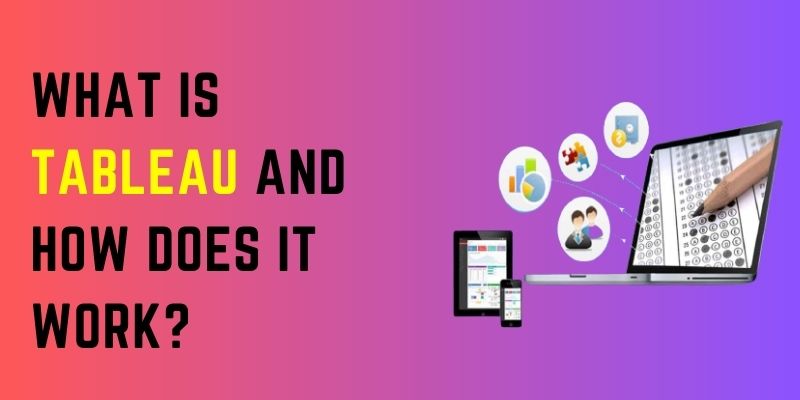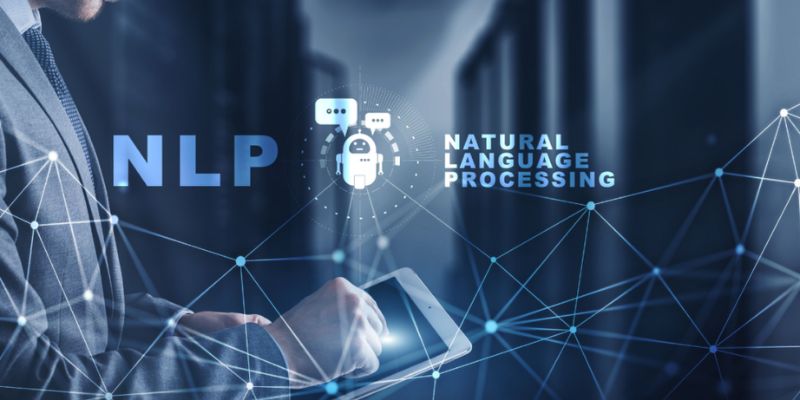Data visualisation is crucial because people can absorb information that is presented in an engaging and clear manner visually. Because Tableau addresses the volume of data in simply understandable visualisations, working with software can help anyone better understand data. Furthermore, the most straightforward and effective approach to deliver any data is usually through well-designed graphics. If you want to know What is Tableau and how does it work? Join Tableau Course in Chennai at FITA Academy.
Why Tableau?
Data can be evaluated with Tableau very quickly, which is why it is so popular. Moreover, dashboards and worksheets are created using visualisations. Dashboards that offer useful insights and advance the company’s operations can be made using Tableau.
How does Tableau work?
Tableau software’s primary function is to aggregate and extract data from numerous sources. Data can be retrieved from any website. Any database, including Excel, PDF, Oracle, and Amazon Web Services, can have data extracted using Tableau. Once the table has been configured, you can connect to any database using ready-made data connectors.
Extracted data can be connected directly to Tableau Desktop’s Tableau Data Engine. The data engineer or analyst works with the data that has been retrieved at this point to develop the visualisation. Users have access to created dashboards as static files. People who get dashboards use a table reader to examine files.
Tableau Server is an enterprise platform that enables collaboration, distribution, governance, security modelling, and automation functions. Data derived from Tableau Desktop can be published there. End users can access files using Tableau Server from any device, including a desktop computer or a mobile phone.
What is Tableau’s Process?
The two ways that Tableau’s data analytics can be characterised are as follows:
- Developer Tools: This category includes tools used in development, such as those used to create graphs, dashboards, reports, and visualisations. Tableau Public and Tableau Desktop are the two main tableau products in this category.
- Sharing Tools: You can understand what these tools do from their names. They’re employed to distribute reports, visualisations, and dashboards made with developer tools. The key products that fall under this category are Tableau Online, Tableau Reader, and Tableau Server.
What is Tableau Desktop?
This tool enables the coding and editing of reports. All of these tasks are completed on the tabletop desktop, from writing reports and charts to designing dashboards. Learn about Tableau at FITA Academy, which offers the best Tableau Online Training from professional trainers.
In accordance with connection and data sources, Tableau Desktop can be divided into the following categories:
- Tableau Desktop Personal
Table Desktop Personal Edition’s development features are comparable to those of Table Desktop. The workbook is private and only certain people have access to it in this version. This indicates that these workbooks are solely for personal use and cannot be posted. As a result, they must to be separated into online and offline tables.
- Tableau Desktop Professional
Except that tasks generated in Tableau Desktop are pushed to Tableau Server, this version is equivalent to Tableau Desktop. All sorts of data in this version are fully accessible. Those who want to publish their works on a tableau server would like this.


